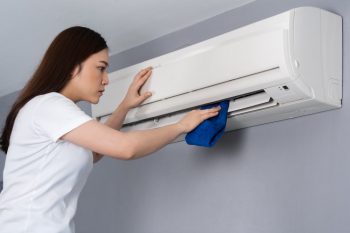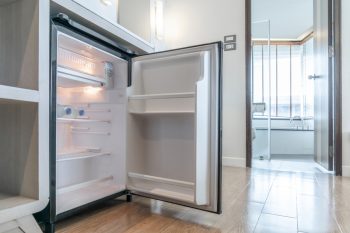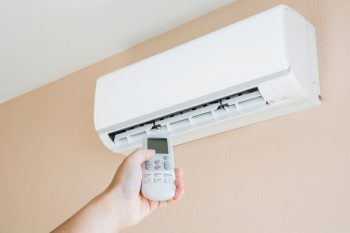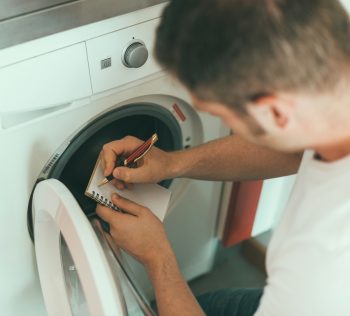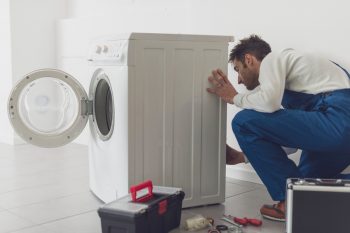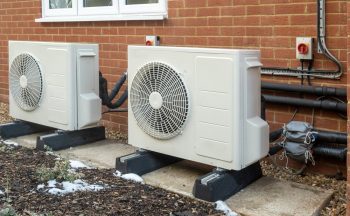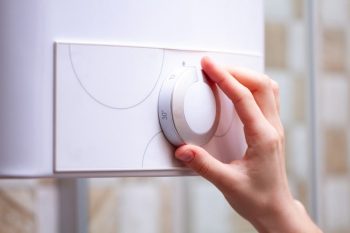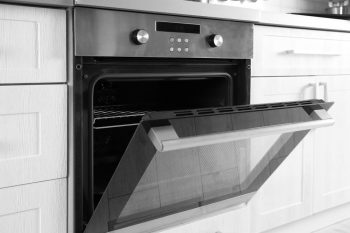
In the world of refrigerators, Samsung is a name that stands out for its innovative designs and efficient cooling technology. But like any other appliance, it may occasionally run into issues. One such common issue is related to the defrost drain. So, where exactly is the defrost drain in your Samsung refrigerator? Let’s find out.
The defrost drain in a Samsung refrigerator is typically located at the back of the freezer compartment. It’s a small hole usually found at the bottom, which may be hidden behind a panel that can be removed. In case of issues like water leakage or ice buildup, it’s recommended to check for blockages in the drain and clean it if necessary. If the problem persists, professional help from a Samsung service center may be required.
What is the Defrost Drain?
Before we dive into locating the defrost drain, let’s understand its purpose. The defrost drain is a crucial part of your Samsung refrigerator, allowing water from the melting ice during the automatic defrost cycle to flow out of the freezer or fridge compartment. This water then flows into the drain tray installed at the bottom back of the refrigerator, evaporating due to the ambient temperature and heat of the compressor. This process prevents ice buildup inside the refrigerator, maintaining its efficiency.
However, if the defrost drain gets clogged by foreign substances or freezing, the defrost water cannot flow out and may leak into the product or overflow the drain trough, causing water to drip down to the bottom of the compartment.
Where is the Defrost Drain Located?
The defrost drain in a Samsung refrigerator is typically located inside the freezer at the back. It is a small hole usually situated at the bottom of the freezer. This hole can sometimes be hidden behind a plastic or metal panel, which can be removed by unscrewing it.
In Samsung fridge freezers, you can find the defrost drain inside the freezer at the back, typically located at the bottom of the freezer. The defrost drain tube and the drain hole can be found near the bottom of the fridge or at the lower part of the access panel on the back wall of the refrigerator.
Troubleshooting Defrost Drain Issues
If you’re experiencing issues related to the defrost drain, such as water leakage or ice buildup, here are some troubleshooting steps you can follow:
- Locate and Inspect the Defrost Drain: Check for any debris or ice buildup that might be causing a blockage. If you find any debris, try to remove it manually or flush it out with warm water.
- Inspect the Drip Pan: If the drip pan is filled with water, it indicates that the automatic evaporation of water has failed. Turn off the refrigerator and clean the drain tray.
- Check the Refrigerator’s Leveling: Ensure that the refrigerator is leveled correctly, with the front slightly higher than the back, to allow for proper defrost system draining.
- Examine the Drain Tube: Check if the drain tube is clogged or damaged, and replace it if necessary.
- Defrost the Refrigerator: If the drain is blocked by ice, turn off the refrigerator and wait for it to defrost.
If these steps do not resolve the issue, it is recommended to contact a professional technician or Samsung service center for further assistance.
Cleaning or Unclogging the Defrost Drain
If the defrost drain in your Samsung refrigerator is clogged, you can clean it by following these steps:
- Unplug the Refrigerator: Always ensure safety first during the cleaning process.
- Locate the Defrost Drain: Find the small opening at the back of the internal compartment of the fridge.
- Remove Debris: Remove any visible debris from the drain hole manually.
- Flush the Drain: Use a turkey baster or a similar tool to flush the drain hole with warm water.
- Clean the Area: Once the drain is unclogged, and water is flowing freely, clean the area around the drain hole to prevent future clogs.
Remember, if you’re unable to unclog the drain yourself or if the problem persists, it’s recommended to contact a Samsung service center for professional assistance.
When to Seek Professional Help
While regular maintenance can prevent many issues, sometimes professional help may be needed. Signs that indicate the need for professional help include water pooling on the floor outside of the refrigerator, excessive ice buildup in the freezer, unusual noises, higher-than-usual utility bills, or a leaking fridge. If you notice any of these signs, it is recommended to call a professional appliance repair service to diagnose and fix the problem.
Remember, your Samsung refrigerator is a complex appliance, and while some issues can be fixed at home, others may require professional assistance. Regular maintenance and prompt action at the first sign of trouble can help keep your refrigerator running efficiently for many years.
Frequently Asked Questions
How often should I clean the defrost drain in my Samsung refrigerator?
The frequency of cleaning the defrost drain can depend on your specific usage and the model of your refrigerator. However, as a general rule, it’s recommended to clean the drain once or twice a year to prevent any clogs and maintain the efficiency of your refrigerator.
What tools do I need to clean the defrost drain in my Samsung refrigerator?
Basic tools you might need include a screwdriver to remove any panels covering the drain, a turkey baster or similar tool to flush the drain with warm water, and a cloth or sponge to clean the area around the drain. Always make sure to unplug the refrigerator before starting the cleaning process for safety.
Can I use a hairdryer to defrost the drain if it’s blocked by ice?
Yes, you can carefully use a hairdryer to melt the ice blocking the drain. However, be careful not to direct the heat towards any plastic parts or let water come into contact with the hairdryer, as this could lead to damage or a safety hazard.
What can cause the defrost drain in my Samsung refrigerator to get clogged?
The defrost drain can get clogged due to various reasons, including food particles, ice buildup, or even mold growth. Regular cleaning can help prevent these issues.
Is there a specific temperature setting I should use to prevent ice buildup in my Samsung refrigerator?
Your Samsung refrigerator is designed to maintain optimal temperature levels for food preservation. However, if you notice frequent ice buildup, it could be a sign that the temperature settings are too low. Refer to your user manual or contact Samsung customer service for specific recommendations for your model.

